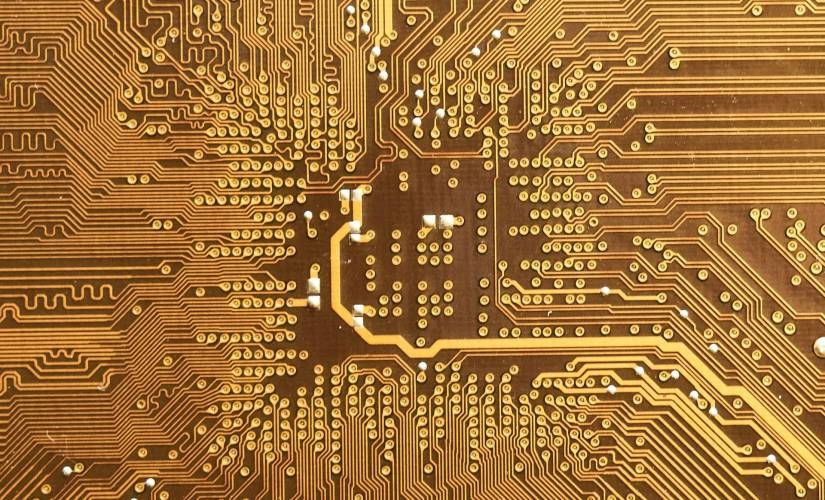Microsoft’s Quantum Leap: Mapping The Road To The First True Quantum Supercomputer
Microsoft’s Quantum Leap: Mapping The Road To The First True Quantum Supercomputer

The multinational technology corporation Microsoft has recently released a detailed plan for creating the first quantum supercomputer. The healthcare and climate science sectors, to name a couple, stand to benefit greatly from this cutting-edge piece of equipment.
Microsoft’s ambitious aim to construct its quantum supercomputer is about more than making a strong machine, though. This is also an important development in the global competition to develop a quantum computer that can compete with traditional supercomputers.
Microsoft’s plan for developing quantum computers involves three major steps:
- Fundamentally, ‘noisy’ physical qubits need to be developed.
- Transition from physical qubits to dependable logical qubits constitutes the Resilient Level.
- Level of Scale: Developing a Quantum Supercomputer with Programmable Gates.
While Microsoft still has a ways to go before reaching their destination, they have made significant progress. The team has managed to produce and manipulate Majorana particles, an essential step toward the creation of robust and scalable qubits.
When compared to classical computing, quantum computing represents a significant change. Quantum computers use qubits instead of the binary digits used in traditional computers. Quantum computers are able to do several calculations at once because qubits can exist in multiple states at once, unlike classical bits.
The fragility of qubits is a major obstacle to the development of reliable quantum computers. A quantum system is notoriously sensitive to noise, thus getting reliable findings is difficult. Microsoft has responded to this issue by introducing a new statistic called dependable Quantum Operations Per Second (rQOPS). This metric takes into account the overall system performance, not only the qubit’s, to guarantee the algorithm’s integrity.
When completed, the quantum supercomputer will have far-reaching effects. Microsoft claims it has the capacity to address issues as diverse as global food shortages and climate change.
Significant advances in disciplines like medical, energy, and environmental science may be possible thanks to Microsoft’s quantum supercomputer.
There is still a long way to go despite the enormous strides that have been made. There are a lot of obstacles to overcome before a quantum supercomputer can compete with classical ones in terms of performance. Microsoft isn’t the only company competing, though. IBM, Google, and Amazon, to name a few, are all working hard to make their own quantum advances as well.
However, Microsoft’s advancements offer them a tiny edge, especially in the creation of stable qubits based on Majorana particles. One of the main problems with quantum computing could be solved with the help of these particles, which use topological insulators to protect themselves from outside noise.
Microsoft’s plan to create the world’s first genuine quantum supercomputer is an audacious one. Microsoft, though, appears to be well on its way to leading the quantum revolution, what with its recent achievements and unwavering dedication. The development of a practical quantum supercomputer has the potential to revolutionize many sectors of our economy and way of life.
First reported on Indian Express
The post Microsoft’s Quantum Leap: Mapping The Road To The First True Quantum Supercomputer appeared first on ReadWrite.
(10)


